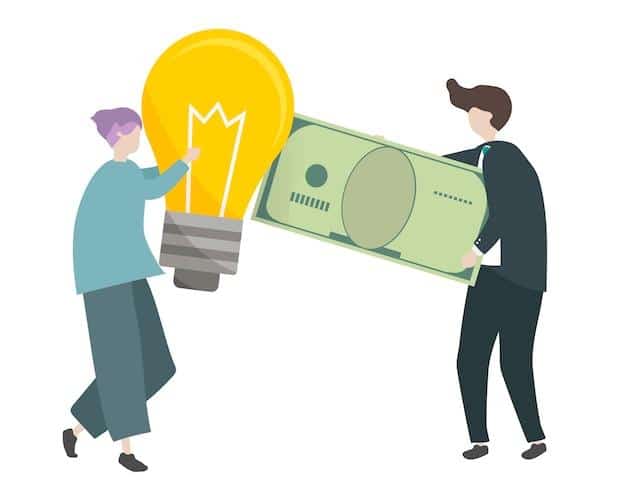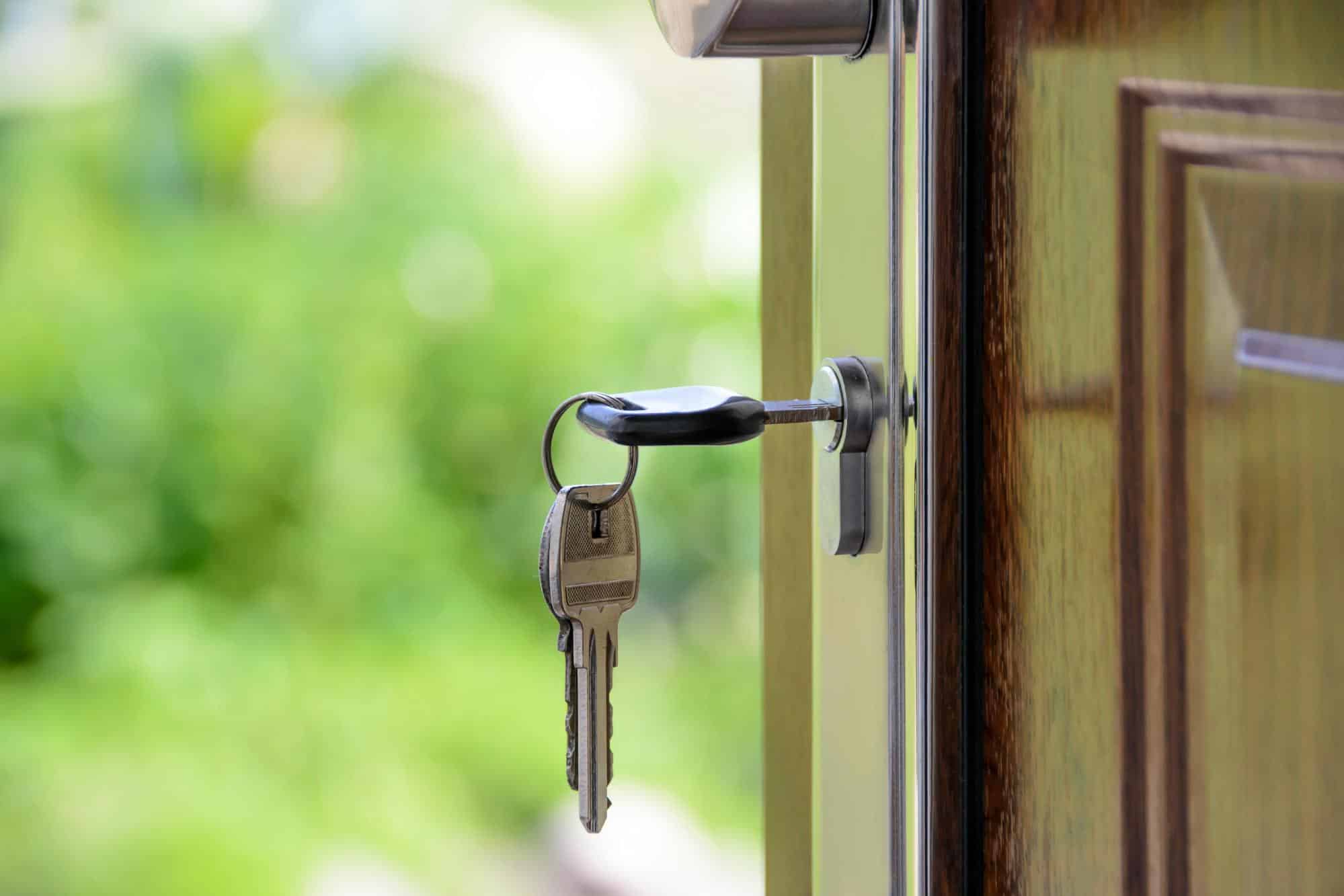Charge Ahead or Get Shocked: Cutting Business Electricity Costs
Electricity expenses can take up a considerable portion of a business’s budget, and failing to manage them wisely can lead to unnecessary financial strain. Many companies unknowingly pay more than they should due to inefficient energy use, poor supplier choices, and outdated contracts.
A smart approach to business energy comparison can help lower expenses while ensuring efficient operations. Businesses must take control of their electricity consumption instead of paying monthly bills. This involves identifying energy-saving opportunities, reviewing contract terms, and providing the best rates from suppliers.

Understanding Business Electricity Costs and How to Reduce Them
Electricity expenses vary depending on energy usage, supplier rates, and contract terms. Many businesses pay higher rates due to outdated contracts or failure to explore better options. According to the U.S. Energy Information Administration (EIA), commercial electricity prices in the U.S. averaged 12.36 cents per kilowatt-hour (kWh) in 2023, with some regions paying as high as 18 cents per kWh. Businesses that don’t actively manage their energy costs could be overpaying.
Smart planning can lead to cost savings. Reviewing contract terms, negotiating rates, and using energy-efficient appliances can cut expenses significantly. Conducting regular audits also helps identify hidden business energy waste, allowing businesses to adjust. Understanding electricity bills and supplier options is key to reducing costs over time.
How Supplier Comparisons Help Reduce Business Electricity Costs
Many businesses stick to the same business energy supplier without realising they could be overpaying. Comparing energy suppliers ensures companies get the best rates and contract terms. In 2022, businesses that switched suppliers saved an average of 15% on business energy bills, according to a report from the U.K.’s Office of Gas and Electricity Markets (Ofgem).
A proper comparison considers the price per kWh, contract flexibility, hidden fees, and customer service quality. Many suppliers offer lower introductory rates, but long-term costs may be higher. Checking multiple providers ensures businesses secure a deal that provides lasting savings.
The Role of Energy Audits in Identifying Hidden Costs
An energy audit helps businesses analyse their electricity consumption, uncover energy waste, and find areas for improvement. The U.S. Department of Energy (DOE) estimates that audits can identify savings of 10% to 40% on energy costs.
Audits review heating, cooling, lighting, and appliances to spot inefficiencies. For example, a company may find outdated air conditioning units consume more energy than newer models. Fixing leaks in doors and windows can prevent heat loss and lower heating expenses. Investing in an audit often pays off through long-term savings.
Energy Efficiency Measures That Lower Costs
Improving energy efficiency reduces electricity usage without affecting business operations. The International Energy Agency (IEA) reports that energy efficiency measures can lower energy bills by up to 30%.
Key energy efficiency measures include:
- Installing energy-efficient appliances that consume less power
- Upgrading insulation in doors and windows to maintain indoor temperatures
- Using LED lighting instead of traditional bulbs, cutting energy consumption by up to 75%
- Automating heating and cooling systems to reduce unnecessary energy use
These steps help businesses cut costs while maintaining productivity.
Reducing Energy Waste Through Smart Office Practices
Simple workplace changes can significantly reduce energy waste. A study by the Carbon Trust found that businesses waste up to 20% of the energy they pay for due to inefficient practices.
Encouraging employees to switch off unused equipment, adjust thermostat settings, and reduce lighting in unoccupied areas can lower costs. Tracking consumption using energy meters also helps businesses adjust their energy use.
The Impact of Air Conditioning on Business Electricity Usage
Cooling systems account for a large portion of electricity expenses. The U.S. Department of Energy states that air conditioning makes up 35% of business’s energy bills in warmer climates. Businesses can lower these costs by:
- Setting thermostats to 72°F instead of 68°F, reducing energy consumption by 5% to 10%
- Using programmable thermostats to regulate cooling based on occupancy
- Maintaining air conditioning units regularly to improve efficiency
These steps can cut cooling expenses while ensuring a comfortable work environment.
Choosing Energy-Efficient Equipment for Long-Term Savings
Investing in energy-efficient equipment reduces electricity costs over time. The U.S. Environmental Protection Agency (EPA) states that Energy Star-rated office equipment uses 30% to 50% less electricity than standard models.
Examples of energy-efficient choices include:
- Energy Star-certified computers and monitors
- Printers with automatic sleep mode
- Smart power strips to prevent energy waste from idle devices
Switching to modern equipment leads to lower energy bills and improved efficiency.
How Peak and Off-Peak Hours Affect Business Electricity Costs
Electricity rates vary based on demand. Many suppliers charge higher rates during peak hours (daytime) and lower rates during off-peak hours (nights and weekends). Businesses can save money by scheduling high-energy tasks during off-peak periods.
For example, in California, businesses can pay 30% less per kWh during off-peak hours than during peak times. Strategically managing energy use helps cut costs significantly.

Key Energy-Saving Tips for Businesses
- Upgrade lighting: Switching to LED lights reduces energy usage by up to 75%
- Use smart thermostats: Adjust temperatures based on occupancy to lower heating and cooling expenses
- Power down unused equipment: Turning off computers, printers, and lights saves energy
- Schedule maintenance: Keeping appliances and HVAC systems in top shape improves efficiency
- Monitor usage with an energy meter: Tracking consumption helps identify waste and savings opportunities
Business Electricity Cost Comparison Table
| Strategy | Potential Savings |
|---|---|
| Supplier comparison | Up to 15% |
| Energy audits | 10% to 40% |
| Energy-efficient appliances | 30% to 50% |
| LED lighting | Up to 75% |
| Smart thermostats | 5% to 10% |
| Off-peak energy use | 30% lower rates |
Final Words
Managing business electricity costs requires careful planning and smart decision-making. Reviewing supplier rates, using efficient equipment, and making practical changes in energy use can lead to significant savings. Businesses that take control of their energy consumption reduce costs and improve efficiency. This aligns with expert recommendations for optimal energy management. A proactive approach ensures financial stability and a sustainable future.







